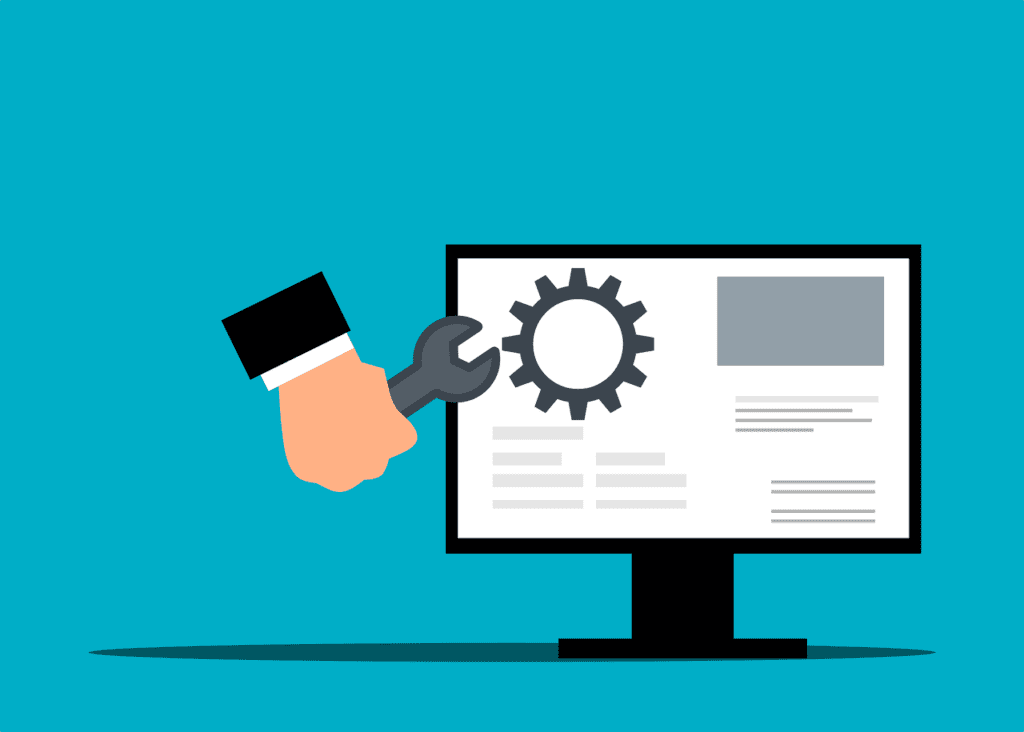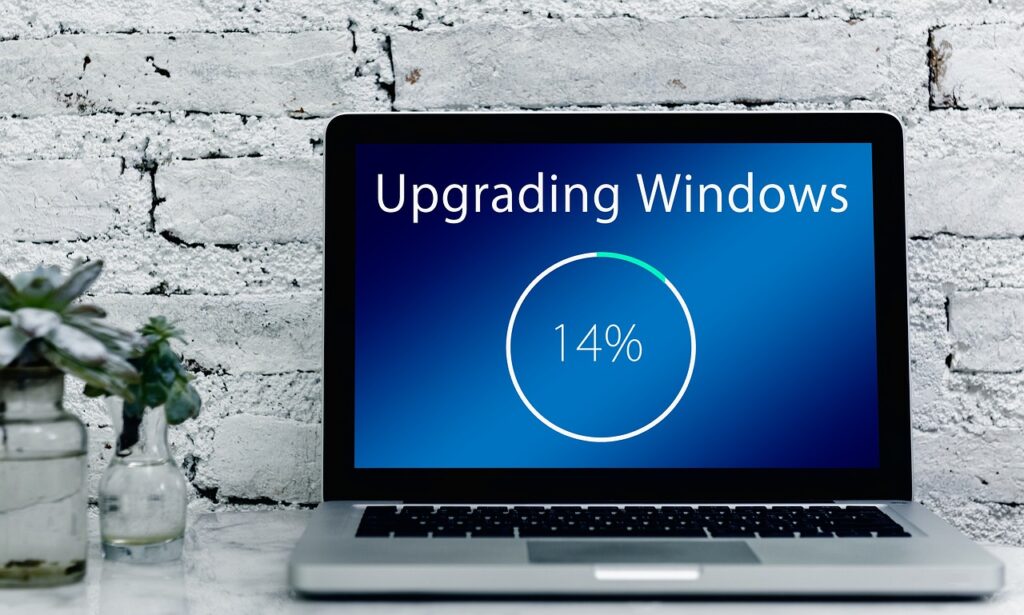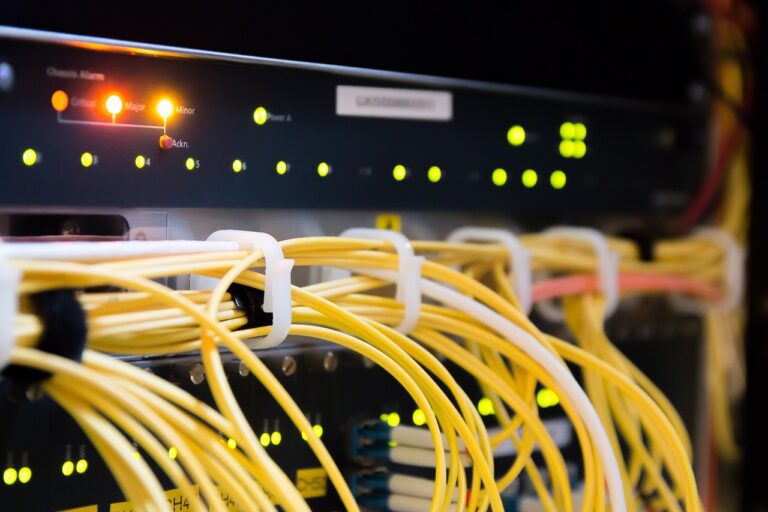Welcome to Our Desktop Support Hub

Introduction to Desktop Support Engineer
In today’s fast-paced digital landscape, where computers are the backbone of nearly every operation, the role of a Desktop Support Engineer is more crucial than ever. As we embark on this journey together, let’s delve into the world of desktop support, exploring various topics and troubleshooting techniques to empower you in navigating the vast realm of technology.
At NetworkMIT, we tried to include all the topics of Desktop Support Engineer and it’s troubleshooting completely in simple manner. Whether you’re an aspiring Desktop Support Engineer, a seasoned IT professional, or an end-user looking to troubleshooting common computer issues, our comprehensive guide aims to be your go-to resource. Join us as we explore the intricacies of desktop support, unravel the mysteries of troubleshooting, and empower you to conquer the challenges of the digital age.
Stay tuned for detailed insights, practical tips, and hands-on tutorials as we navigate the exciting world of desktop support together!
Table of Contents
Understanding the role and importance of Desktop Support Engineers.
Desktop Support Engineer: Job and Responsibilities
A Desktop Support Engineer plays a crucial role in ensuring the smooth functioning of an organization’s IT infrastructure by providing technical assistance to end-users. The responsibilities of a Desktop Support Engineer encompass a broad spectrum of tasks related to hardware, software, and network support.
Job Overview:
A Desktop Support Engineer, also known as a Technical Support Engineer or IT Support Specialist, is responsible for addressing and resolving IT issues faced by end-users within an organization. This role requires a combination of technical expertise, problem-solving skills, and excellent communication to deliver efficient and effective support.
Responsibilities: as Desktop Support Engineer
Installation and Configuration:

- Install, configure, and maintain operating systems, software applications, and peripheral devices.
- Install and configure desktops, laptops, and peripheral devices such as printers, scanners, and cameras.
- Ensure proper connections of power cables, data cables, and peripheral interfaces.
- Troubleshoot hardware issues and replace faulty components when necessary.
Operating System Mastery:

- Install and configure operating systems (Windows, macOS, Linux) on desktops and laptops.
- Establish user accounts, configure permissions, and define security settings.
- Apply system updates and patches to ensure security and performance.
- A deep dive into popular operating systems (Windows, MacOS, Linux) and their common issues.
- Tips for optimizing and customizing your operating system for a seamless user experience.
Software Issue and Solutions:

- Install and configure various software applications based on user requirements.
- Troubleshoot software issues, including compatibility problems and application errors.
Networking Challenges:

- Configure network settings, including IP addresses, DNS, and gateways.
- Assist in setting up and maintaining local area networks (LANs) and ensuring connectivity.
- Troubleshooting network connectivity issues and optimizing network settings.
- Securing your network against potential threats and ensuring a stable connection.
Data Backup and Recovery:

- Initiate routine data backup protocols to avert data loss.
- Provide guidance or method like EaseUs data recovery software to users in recovering data in situations such as accidental deletion or hardware failures.
Common Hardware Issues:
- Troubleshooting hardware components such as CPUs, RAM, and hard drives.
- Tips for upgrading and maintaining your computer’s hardware for optimal performance.
- Collaborate with vendors for repairing or replacing faulty hardware components.
End-User Support:

- Respond to and resolve technical issues reported by end-users via phone, email, or in person.
- Troubleshoot and diagnose hardware and software problems on desktops, laptops, and other computing devices.
Customer-Centric Approach:
- The art of delivering exceptional customer service in the world of desktop support.
- Communication tips for effectively addressing end-users’ concerns and building trust.
- Deliver excellent customer service by ensuring prompt and effective resolution of IT issues.
- Maintain a positive and professional demeanor when interacting with end-users.
Documentation and Record-Keeping:
- The importance of maintaining accurate records of support requests and resolutions.
- Creating a knowledge base for common issues to enhance troubleshooting efficiency.
- Create documentation for common issues and resolutions to assist in knowledge sharing.
Remote Support Techniques:
- Provide remote support for users working in different locations.
- Exploring tools and strategies for providing efficient remote support.
- Overcoming challenges in troubleshooting issues when physically distant from the computer.
Security Best Practices:
- Implementing and maintaining robust security protocols.
- Educating end-users on cybersecurity awareness and promoting safe online practices.
Training and Guidance:
- Provide training to end-users on the use of software applications and IT resources.
In the ever-evolving landscape of technology, the role of a Desktop Support Engineer is critical for maintaining the functionality and efficiency of an organization’s IT environment. By providing timely and effective support, these professionals contribute significantly to the overall productivity and success of the business. A combination of technical expertise, interpersonal skills, and a customer-centric approach is essential for success in this role.
